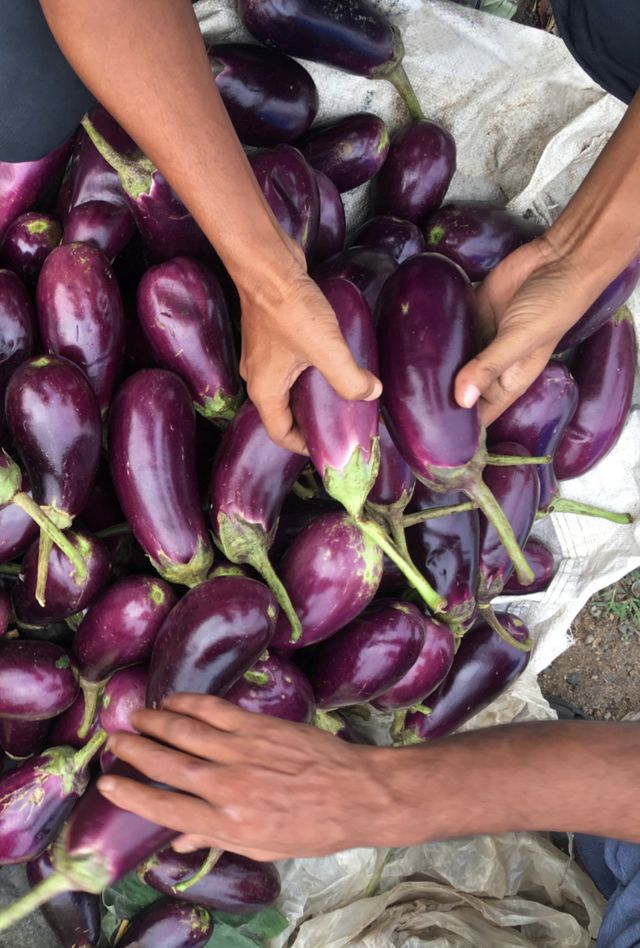Integrating Environmental Barriers into Maps of Food Access

Problem
When mapping food deserts, the definition of a “long distance” varies by population.
Current definitions of “food deserts” mainly use distance to supermarkets as a proxy for food access. In urban environments, residents rely heavily on active transportation like walking or biking. Compared to healthy young adults, older adults and individuals with chronic health or disability conditions are more likely to experience environmental factors as barriers to moving through the environment via active transportation. People with asthma may have an asthma attack while walking along a road with poor air quality from car traffic. People with autism may experience sensory overload from noise and light stimulation walking down that same road. Older adults may suffer heat stroke while walking on a road without tree shade on a hot summer day. In other words, a short distance for some people may be a long distance for others. Current methods likely overestimate food access, especially for these populations.
Solution
NORC explored a “real feel” approach to mapping food deserts in Chicago.
In this work, we proposed a new approach to mapping food access that accounts for environmental barriers.
A preliminary case study considered elevated heat stroke risk among older adults on a hot summer day in Chicago, identifying temperature, humidity, and heat index as highly impactful environmental variables.
To implement, we:
Calculated and mapped the average raw distance to the nearest grocery store per census tract
Calculated and mapped temperature, humidity, and heat index on a typical summer afternoon in Chicago per census tract
Proposed a simple distance-penalty formula for older adults with a penalty multiplier per measured environmental variable value
Used measured environmental variable values and the distance-penalty formula to convert raw distance to food source per census tract to ‘Real Feel’ distance for older adults
Mapped ’Real Feel’ distance for older adults per census tract
Result
We found an additional 100,000 older adults living an unwalkable distance from a grocery store.
We found that on a typical hot summer afternoon, non-ideal environmental conditions convert raw distance to a longer ‘Real Feel’ distance, and an additional 100,000 older adults live in a census tract where the distance to a grocery store is unwalkable. Thirty-five percent live alone, and 15 percent have income below poverty.
Policy Implications: Integrating de facto environmental barriers to food access allows us to map food access inequities more accurately, identify localized populations where food access is overestimated in some circumstances, and highlight environmental barriers as critical intervention points that policymakers can address to improve access.
Future Directions: We will expand to cities other than Chicago and seasons other than summer and explore:
- Incorporating additional environmental variables such as air quality and pedestrian infrastructure
- Increased geographic/temporal resolution
- Developing an interactive tool to visualize “Real Feel” food access for use by policymakers and residents making daily destination and route decisions
Related Tags
Project Leads
-
Andrea Tentner
Senior Data ScientistProject Director







